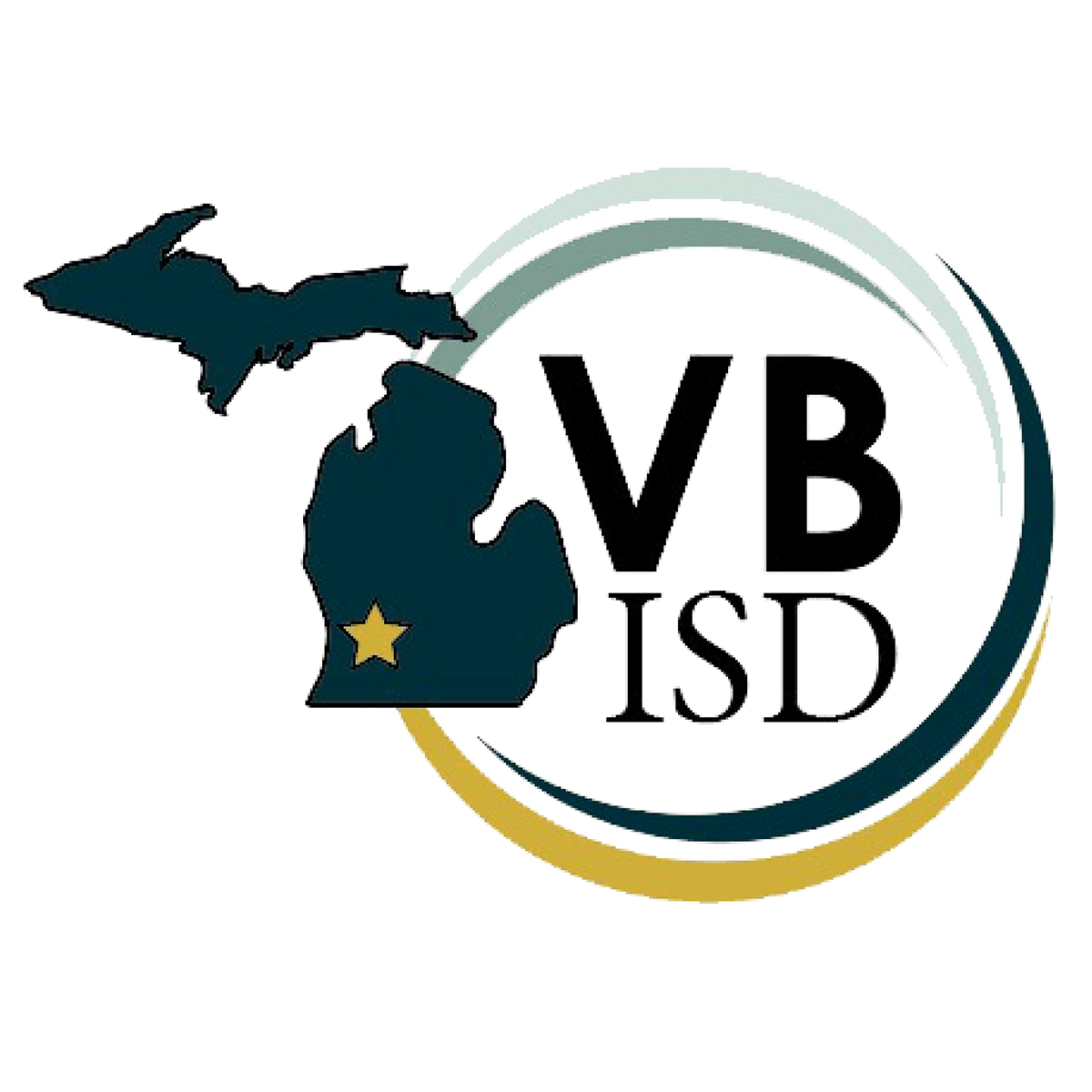For students who speak more than one language, their skills go far beyond conversation—they are building bridges between cultures, communities, and careers. In today’s global workforce, bilingualism is more than a personal asset; it’s a professional superpower.
As educators, families, and community members, it’s important that we recognize the value of multilingualism and help students see how their language skills can lead to meaningful careers. Here’s a closer look at the opportunities available and how schools can guide multilingual students toward bright futures.
Check out our cool, AI-generated Podcast:
Multilingualism & Career Pathways
🌍 Why Bilingualism Matters
Fluency in two or more languages isn’t just impressive—it’s in high demand. Many employers are actively seeking workers who can communicate with diverse communities, understand cultural nuances, and collaborate across borders. According to the American Council on the Teaching of Foreign Languages, jobs that require bilingual skills have more than doubled in recent years.
For multilingual students, this means their everyday ability to switch between languages could lead to high-paying, rewarding careers in nearly every industry.
🚀 Career Pathways for Multilingual Students
Here are just a few career options where bilingualism gives students a major advantage:
1. Education & Language Services
Roles: Bilingual teacher, ESL instructor, interpreter, translator, paraprofessional
Why it fits: These roles allow students to use their lived experiences to support others learning a new language.
2. Healthcare
Roles: Medical interpreter, bilingual nurse, community health worker
Why it fits: Effective communication in healthcare saves lives. Bilingual professionals help ensure patients are heard and understood.
3. Business & Customer Service
Roles: International sales representative, bilingual customer service agent, marketing associate
Why it fits: Businesses value employees who can connect with a wider customer base and navigate multicultural markets.
4. Government & Public Service
Roles: Diplomat, social worker, bilingual law enforcement officer
Why it fits: These careers require cultural sensitivity and clear communication with diverse populations.
5. Media & Communications
Roles: Journalist, translator, bilingual content creator, public relations specialist
Why it fits: Multilingual professionals can create inclusive media that reaches broader audiences.
6. Technology & Global Services
Roles: Tech support, software localization expert, UX researcher
Why it fits: The tech world is global—and companies need multilingual voices to reach international users.
🏫 How Schools Can Support These Career Goals
1. Encourage the Seal of Biliteracy
Recognize and celebrate students’ bilingual skills with the Michigan Seal of Biliteracy. It’s an official credential that students can add to college and job applications.
2. Expose Students to Career Options
Invite bilingual professionals to speak in classrooms or at career fairs. Let students see people like them thriving in careers that use their language skills.
3. Offer Mentorship and Guidance
Help students set goals and explore programs such as dual enrollment, internships, or certification paths that align with their interests.
4. Integrate Language and Career Skills
Use real-world scenarios in lessons—like role-playing medical interviews or writing bilingual business pitches—to connect language learning to career readiness.
5. Partner with Local Employers
Create connections between schools and local businesses that are looking for multilingual talent. This opens doors for job shadows, internships, and future employment.
💬 Final Thoughts
Our multilingual students bring incredible assets to the classroom—and to the workforce. When we recognize and support those strengths, we’re not just helping individual students succeed—we’re building a more inclusive, connected, and competitive community.
Let’s make sure our students know: Their voices matter, their languages are powerful, and their future is full of possibilities.

